FFWD says the RYOT 33 wheelset is ideal for the mountains and balance “ultra-light, super fast acceleration and sublime driving characteristics” – everything you could ask for in a shallow carbon wheelset.
The tubeless-ready wheelset weighs in at 1,550g (without disc lockrings and tubeless valves); the front wheel 720g and the rear 830g.
This wheelset impressed me on the road, although it doesn’t offer the most forgiving ride quality compared to the best road bike wheels.
FFWD RYOT 33 details and specifications
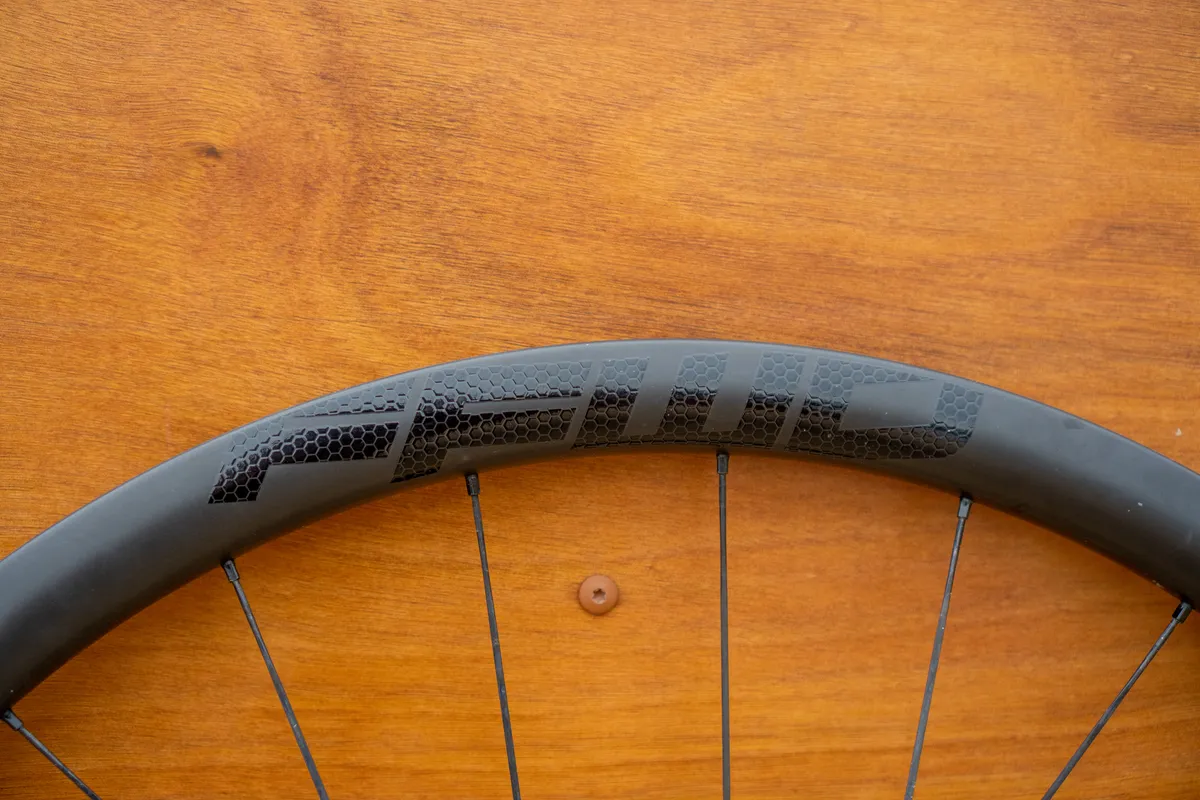
The RYOT 33 wheelset sits alongside the deeper 44 and 55 in the brand’s RYOT range. When the RYOT 55 was released, FFWD claimed it was the “fastest wheel out there”.
All of the wheels use FFWD’s LAW (Laminair Airflow Wing) technology. The wide LAW rim profile is claimed to improve aerodynamics and provide additional compliance, thanks to the use of wider tyres – something we are seeing with many wheel manufacturers.
The rims are 33mm deep, with an internal rim width of 21mm, measuring 30mm externally.
That 21mm internal width is on trend, but brands such as Zipp and ENVE push the envelope with more progressive 23 and 25mm widths.

The tubeless-compatible wheels sport hooked rims, with valve tape pre-installed prior to delivery. While hookless is becoming more popular, hooked rims give you access to running clincher tyres, should you wish.
FFWD says the RYOT 33 can be used with tyres from 700x23c up to 42mm wide.
This suggests the wheels can be used for gravel riding, although FFWD recommends its Drift gravel wheelset for that application. The Drift wheels can accommodate even more voluminous tyres and have a hookless rim paired with a 24mm internal width.
The maximum tyre pressure of the RYOT 33 is 120.4psi / 8.3 BAR. The front and rear rims are laced to the hubs by 24 straight-pull spokes.

Kudos to FFWD for speccing brass nipples – most wheel manufacturers opt for aluminium nipples to save weight, but these have a significantly higher chance of corrosion, especially when paired with a carbon rim.
It certainly inspires confidence that you can rely on the spokes, knowing they won’t corrode at the first sight of salty water.
When it comes to the hubs, you can choose between FFWD’s own or a DT Swiss 240, the latter of which I have on test here. Opting for the own-brand hubs will save you €300.
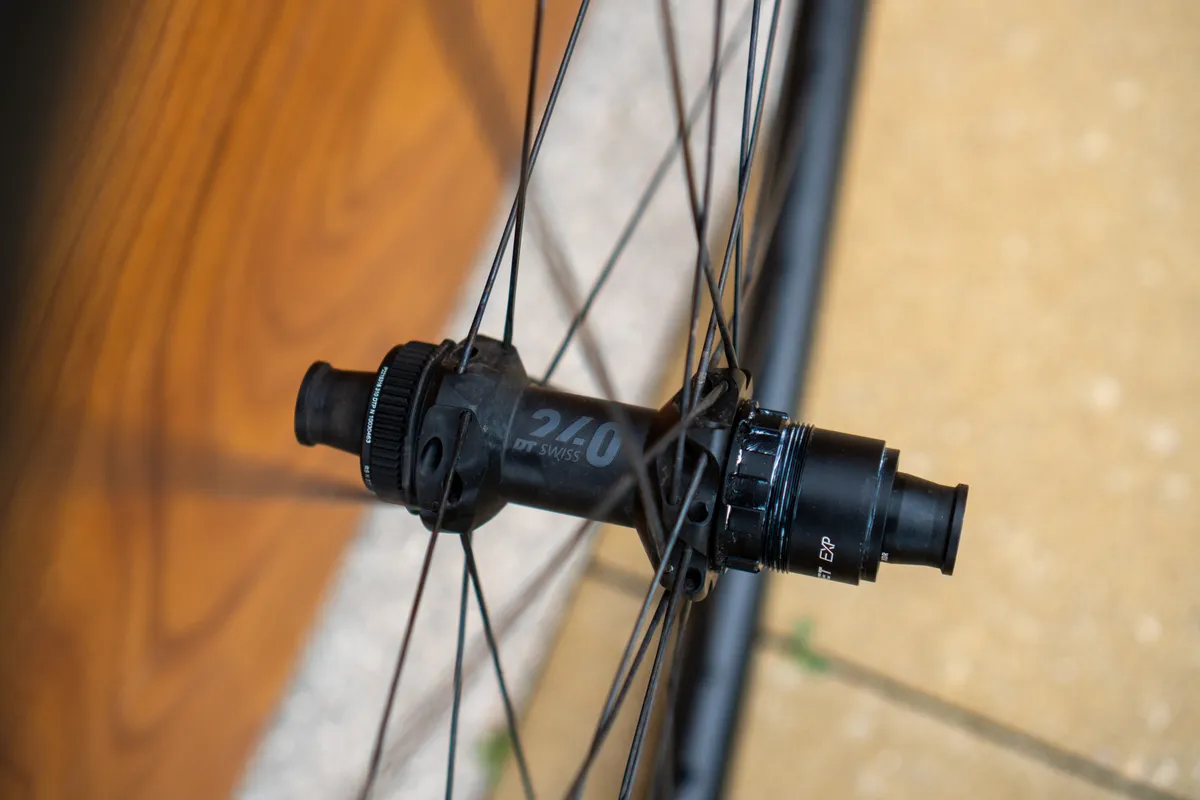
The 240s might not be the lightest hubs DT Swiss offers, but they are certainly among the most reliable and are commonly specced on high-end wheelsets.
In my experience, they’re easy to maintain, and rely on the brand’s star ratchet system (rather than pawls).
The Center Lock disc hubs are 12mm thru-axle compatible, although you can buy a conversion kit if you’re using a 15mm front wheel or quick-release.
You can opt between a Shimano HG, Campagnolo N3W or SRAM XDR freehub – I’ve got the SRAM XDR variant in for test, but also requested a spare N3W freehub.
The wheels are supplied in an FFWD-branded bag.
Initial checks
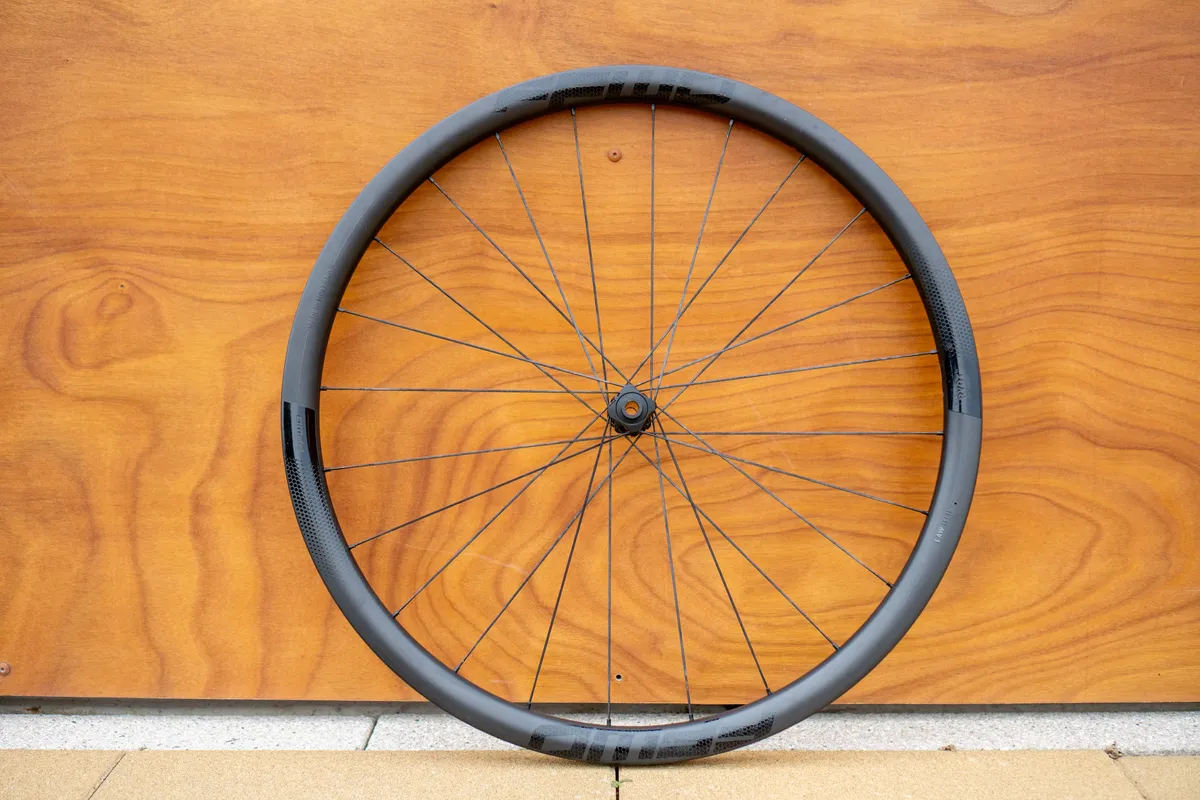
As an experienced mechanic, I took some initial measurements of both wheels on a DT Swiss Wheel Truing Stand.
Both were built very well, approximately 0.2mm out of true laterally and 0.25mm out radially. I’d typically expect a well-built wheel to be well within 0.5mm.
The wheels were also perfectly dished (how central the rim is over the hub).
For reference, the tolerance according to British Standard BS 6102 is 4mm for a disc-brake rim.
FFWD recommends a spoke tension in the region of 110kgf (kilograms-force) for both sides, without the tyre installed, to a 5 per cent marginal tolerance.
I checked the spoke tensions of the wheels out of the box using an analogue DT Swiss tensiometer and both wheels were well within range, bar one spoke on the rear that was 100kgf (still pretty close).
At the end of the testing period, I checked the wheels again on the truing stand and despite everything I’ve thrown at them, both were still within 0.2mm lateral and 0.25mm radial true. The spoke tensions were still within range, too.
Tyre installation
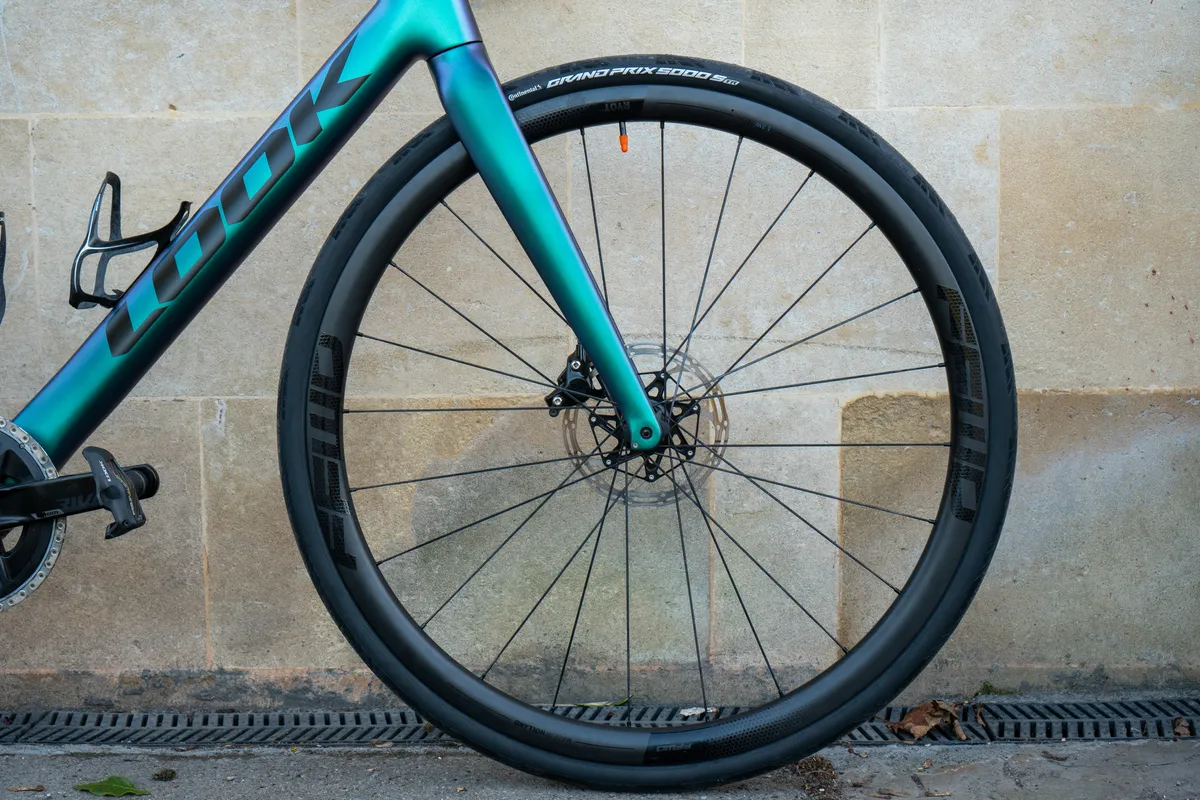
I installed the wheels on my Look 765 Optimum SRAM Rival eTap AXS, initially with Pirelli P Zero Race TLR clincher tyres (not the latest generation) in a 28mm width (which measured 27.43mm).
Later in testing, I swapped these for more voluminous 32mm-wide Continental GP5000 S TR rubber. These measured 32.95mm with a digital vernier caliper.

I also wanted to experience the wheels on another familiar bike, so I installed them onto my Pinarello GAN K Disk. I swapped to 28mm Continental GP5000 clincher tyres that had been installed on my Campagnolo Bora WTO 45 wheelset (so the wheels were the only variable I was changing).
All of the tyres installed hassle-free, with a tyre lever needed to get the last section of the bead over into the rim. That’s about as easy as it gets.
FFWD RYOT 33 performance
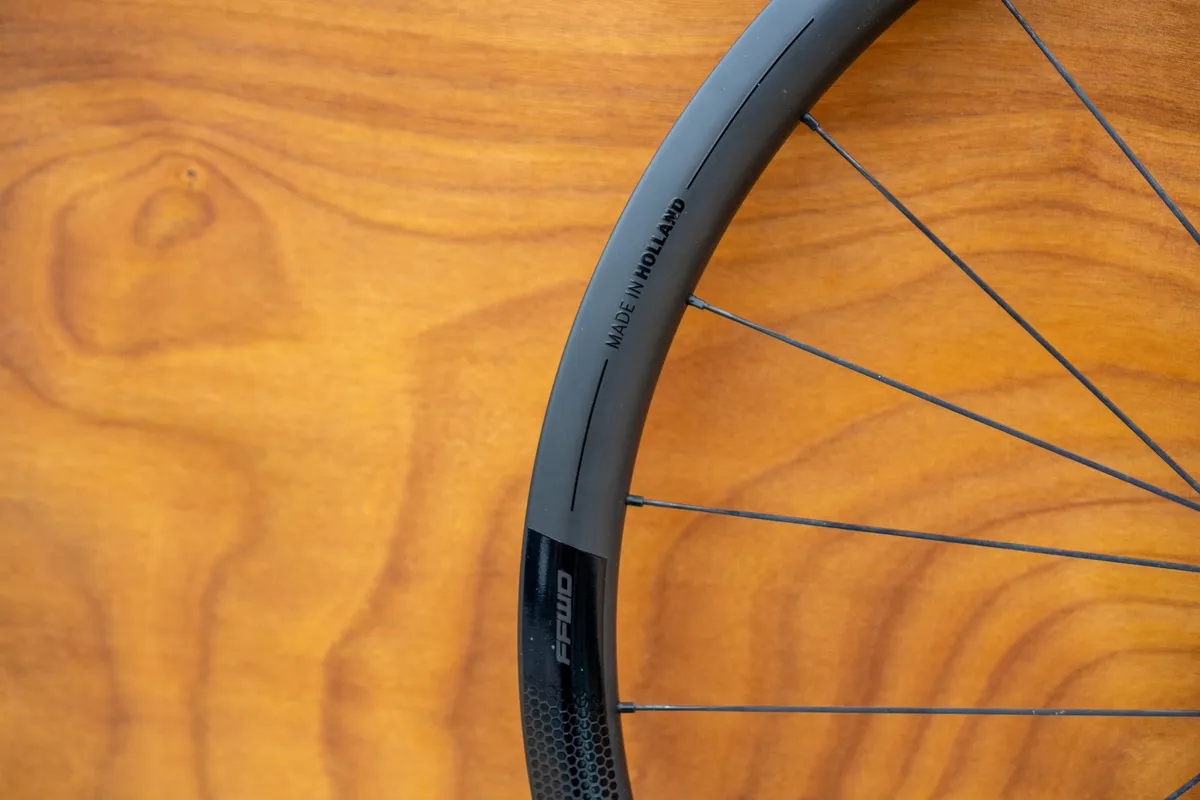
The RYOT 33s were subject to a variety of rides, including punchy pacelines, Sunday club runs and long training rides.
The wheels were also put to the test on the Dragon Devil, a circa 300km sportive that encompasses many of Wales’ most famous climbs in Bannau Brycheiniog (known as the Brecon Beacons in English), as well as a 330km all-day audax.
The wheels accelerated adeptly on flat and rolling terrain, sporting a snappy handling quality.
I particularly appreciated this, combined with the low weight, on the many climbs I tested these wheels on. They responded well in harder efforts, particularly when being pushed at higher speeds.
Despite their shallow rim depth, the wheels seemed to be more susceptible to crosswinds than other carbon wheels I have ridden.

I rode the RYOT 33 up The Cat and Fiddle, a famous UK climb just south of Manchester. It's a long and steady 11km ascent that rises to 520m elevation at a pleasant 3.5 per cent average gradient.
The top of the climb is quite exposed and although I never experienced a speed wobble, I found these wheels required more of a steady hand to keep them stable in crosswinds.
I confirmed my opinion when I tested them on my Pinarello back-to-back, replacing its deeper Campagnolo Bora WTO 45 wheels. My existing wheelset proved far more stable in windy conditions.
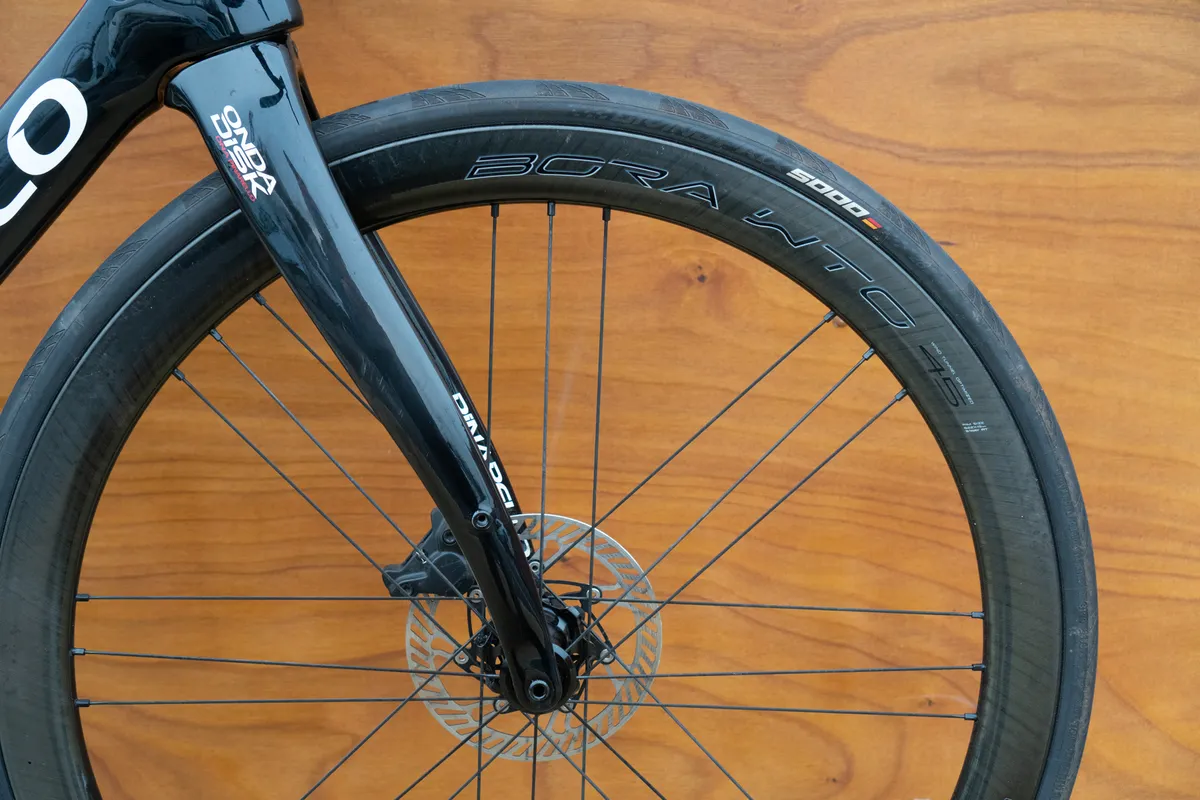
What also became apparent was how much better the Bora WTO 45 damped vibrations. While I wouldn’t label the RYOT 33 as uncomfortable, it’d be fair to say it isn’t as compliant as some other wheelsets.
Narrow UK lanes often provide a pothole obstacle course. On one particularly steep descent with a traffic light at the bottom, I hit a large pothole as I was concentrating on looking at the lights.
I was lucky to keep the bike upright and although I heard (and felt) a concerning bang, the wheels were unharmed.
They don’t quite carve into corners with the same conviction as the Bora WTO 45, either.
There’s little to complain about with the DT Swiss 240 hub, which is an excellent spec choice from FFWD. It hasn’t required any maintenance throughout the testing period, with the red factory grease still looking new.
If you ever need parts for it, it’s a far simpler job locating spares than it would be an own-brand hub.
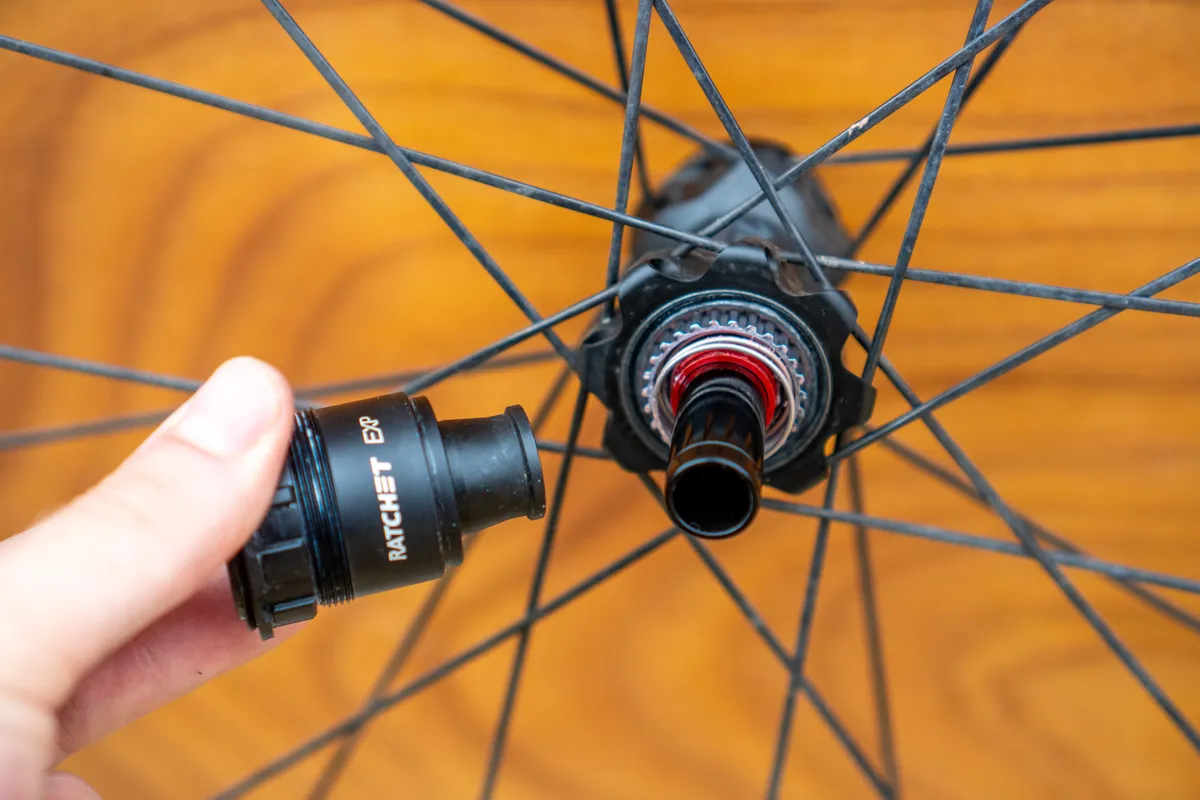
My Pinarello GAN K Disk runs a Campagnolo Record 12 groupset, so I had to change the Ratchet EXP freehub when switching them over. This was extremely easy – the freehub simply pulls off by hand and you use the included end cap.
While the 240 hub has a 36-tooth engagement system as standard, you could upgrade to a 54-tooth star ratchet for €94.99.
To date, the wheels have covered just over 3,200 kilometres and have held up well (as one would hope), with no signs of corrosion or wear.
The RYOT 33s represent middling value. They’re not an insubstantial upgrade at £1,599, and I judge the ride quality as not dissimilar from the Zipp 303S at £1,031.
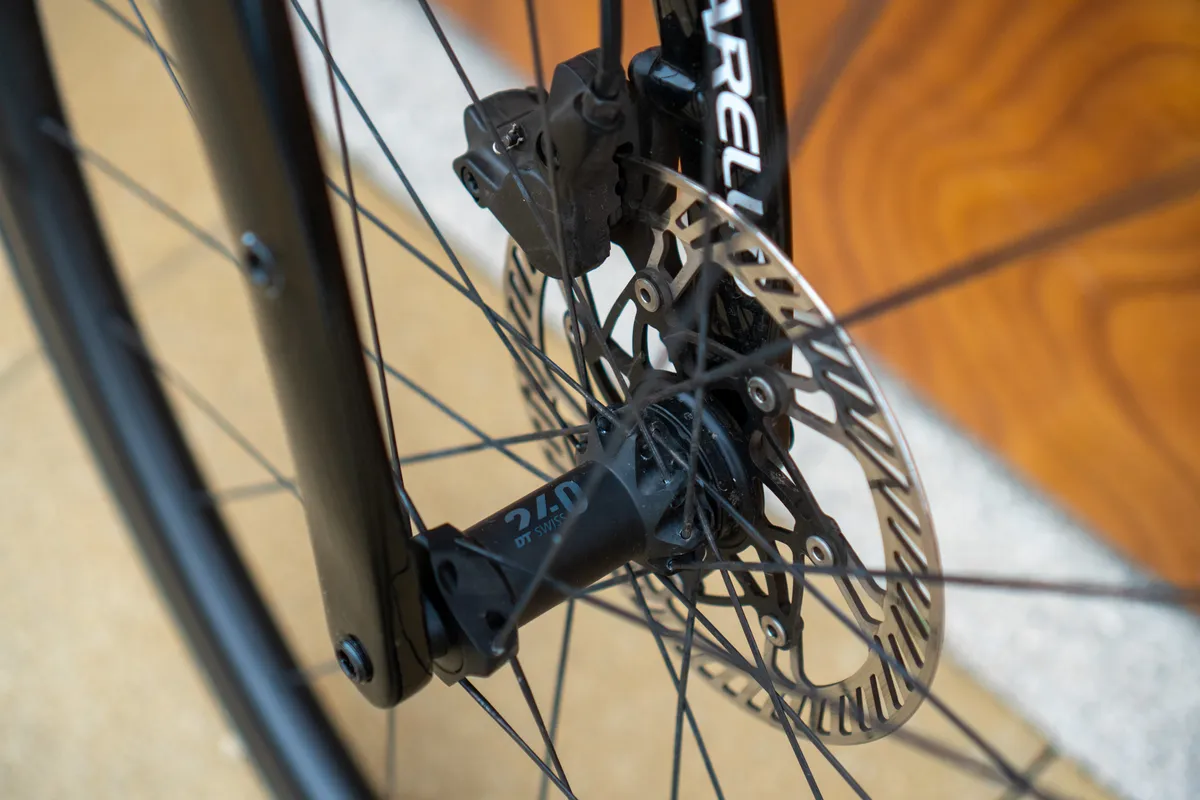
I’d take the DT Swiss 240 EXP hubs on the RYOT 33s over Zipp’s own, though, because I’ve found them to be far more durable and significantly easier (and often cheaper) to get spares for. The brass nipples on the RYOT 33s also mean less long-term maintenance.
However, there’s no getting around the fact that the price difference is tall for these benefits, when the ride quality is so similar.
For context, the aforementioned Campagnolo Bora WTO 45 wheelset (or shallower Bora WTO 33) is £1,999 – a significant financial step up, which delivers vastly improved ride quality.
FFWD RYOT 33 bottom line

The FFWD RYOT 33 wheelset is a solid and reliable option, although the ride quality isn’t up there with some of the competition.
It’s fast and stiff, although while I wouldn’t go so far as to say it’s a handful in windy conditions, some extra concentration is required.
The RYOT 33s are an easy wheelset to live with, though, thanks to the reliable DT Swiss 240 hubs and wisely specced brass nipples.
Overall, it would be a great upgrade wheelset for those looking for out-and-out speed balanced with light weight.
Product
| Brand | ffwd |
| Price | 2360.00 AUD,1799.00 EUR,1599.00 GBP,1499.00 USD |
| Weight | 1550.0000, GRAM (700c ) - Actual weight |
Features
| br_rimMaterial | carbon |
| br_tubelessCompatibility | tubeless_compatible |
| br_tyreType | clincher |
| br_tyreType | tubeless |
| br_wheelSize | 29in_700c |
| br_brakeTypeSimple | disc |
| br_hubs | DT Swiss 240 |
| br_freehub | DT Swiss 240 Ratchet EXP |
| br_rimDepth | 33mm |
| br_rimInternalWidth | 21mm |
| Features | Laminair Airflow Wing technology |
| br_spokeCountRear | 24 |
| br_spokeCountFront | 24 |
